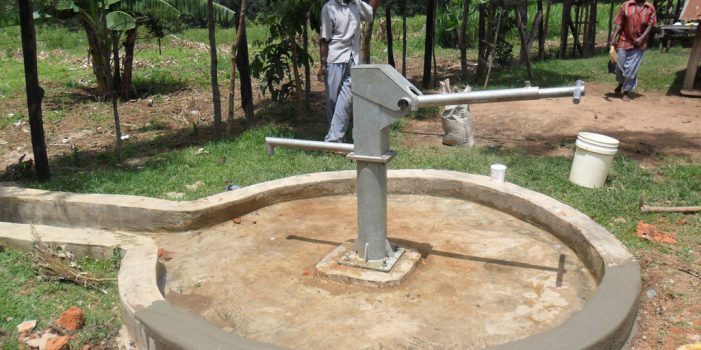Thirsty Are Those Who Do Not Prep- Part 5, by The Grumpy Gunfighter
…purify 75 degree water. Iodine will take longer to purify the colder the water. For example, it takes around a full hour to adequately purify water that is 45 degrees. Using Iodine will alter the taste of the water you are purifying; however, you can use Iodine Neutralizer tablets to counterbalance the taste. A small amount of table salt and products high in vitamin C, such as Tang, can also be used to drastically improve the taste of iodine in the drinking water. Make sure to add these products after the water has been purified. Notes on Iodine Tablets Iodine is necessary for thyroid function. However, iodine tablets should only be taken by those with a healthy, normal functioning thyroid and shouldn’t be taken for over six weeks. Too much iodine can cause complications with the thyroid and cause conditions such as hypothyroidism, which prevents the thyroid gland from producing…


